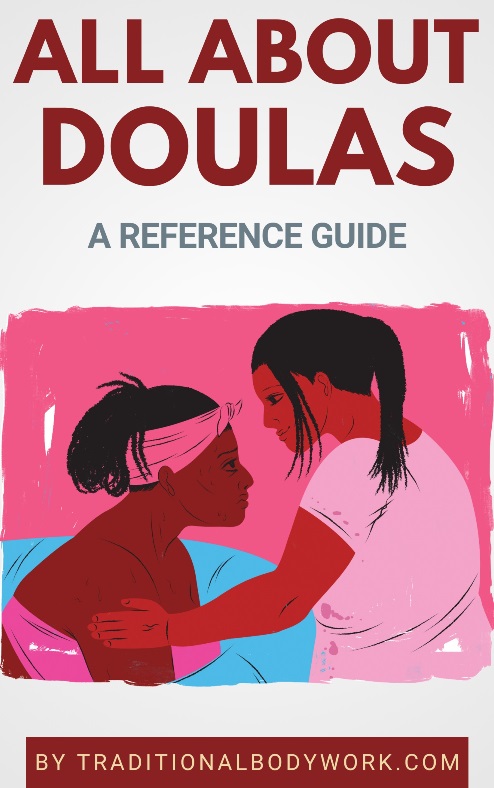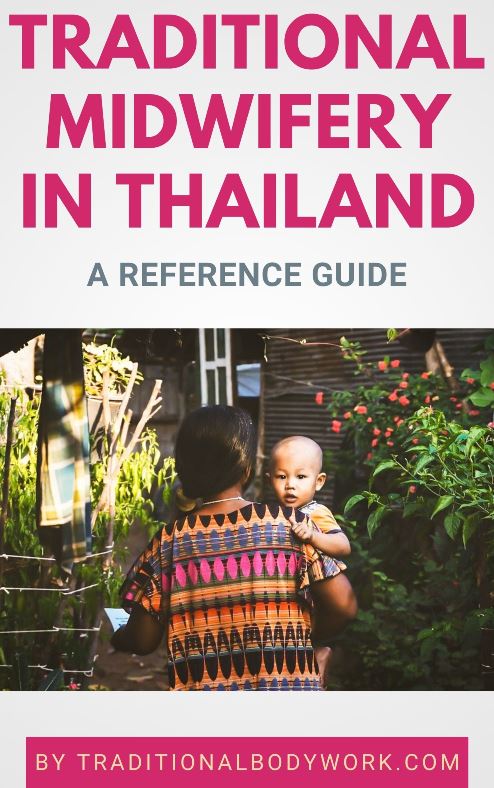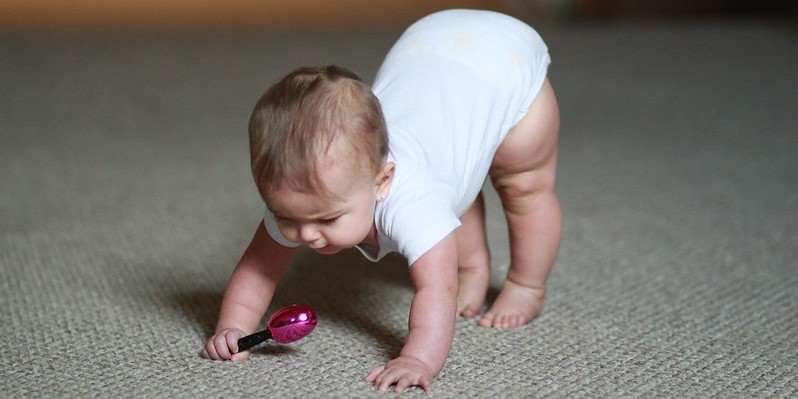
The use of lullabies — also called cradle songs or nursery rhymes — is a very interesting phenomenon, a custom practiced around the world in most countries and cultures, and serving multiple purposes.

Typically, a lullaby is a simple, calming, often short, hypnotic and rhythmic song (or piece of music), usually repeatedly sung, hummed, whistled or played for babies and children. One of the main purposes of a lullaby is being a sleep aid (to “lull” the infant to sleep) or alternatively a means to calming or soothing a child when it’s sad or upset.
Remarkably enough, the actual lyrics of many lullabies across the world are often not soothing at all. It’s not uncommon that they include a sad or dark message, containing all kinds of bogeyman features or warnings against something or some situation. Luckily infants yet don’t understand the literal meaning …
There’s no real explanation for the above. Some researchers suggest that sad or shocking lullabies would express the hidden, publicly untold fears and worries of mothers about the outside world which they share with their child in the intimacy of their relationship. Doing so seems to improve the psychological and emotional health of pregnant women.
However, others suggest that lullabies just simply serve as cryptic lessons for the baby about the world they will live in, lessons that are steadily imprinted in their yet unconsciousness mind. In addition, they often contain cultural or traditional knowledge that is passed down through them.

I also find it fascinating to observe that lullabies are in a way a kind of mantras for infants; that is, chants that are constantly repeated — often with no literal meaning for the listener — and sung to simultaneously calm, inspire, teach, and uplift the mind.
In any case, pregnant women may also already sing them to the unborn child as a means of bonding and to relax the baby by letting it get used to the mother’s (soothing) voice. After the baby is born, singing the same lullabies can come of great help to relieve stress and anxiety of the child.
Lullabies have likewise shown their effectiveness in stimulating growth and recovery of prematurely delivered infants. In general, it’s also thought that they benefit communication, language, and cognitive skills of young children.
It’s a common practice that lullabies are accompanied with holding or rocking the child, swaying its cradle, or, for instance, singing them while breastfeeding or while giving a baby massage.














